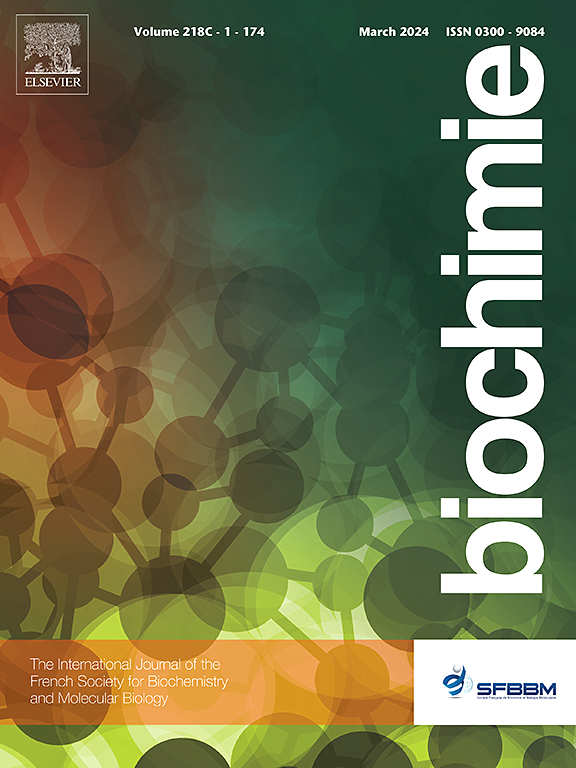Complete analysis of G-quadruplex forming sequences in the gapless assembly of human chromosome Y
IF 3.3
3区 生物学
Q2 BIOCHEMISTRY & MOLECULAR BIOLOGY
引用次数: 0
Abstract
Recent advancements have finally delivered a complete human genome assembly, including the elusive Y chromosome. This accomplishment closes a significant knowledge gap. Prior efforts were hampered by challenges in sequencing repetitive DNA structures such as direct and inverted repeats. We used the G4Hunter algorithm to analyze the presence of G-quadruplex forming sequences (G4s) within the current human reference genome (GRCh38) and the new telomere-to-telomere (T2T) Y chromosome assemblies. This analysis served a dual purpose: identifying the location of potential G4s within the genomes and exploring their association with functionally annotated sequences. Compared to GRCh38, the T2T assembly exhibited a significantly higher prevalence of G-quadruplex forming sequences. Notably, these repeats were abundantly located around precursor RNA, exons, genes, and within protein binding sites. This remarkable co-occurrence of G4-forming sequences with these critical regulatory regions suggests their role in fundamental DNA regulation processes. Our findings indicate that the current human reference genome significantly underestimated the number of G4s, potentially overlooking their functional importance.
人类 Y 染色体无间隙组装中 G-四叠体形成序列的完整分析。
最近的研究进展终于完成了完整的人类基因组组装,其中包括难以捉摸的 Y 染色体。这一成果填补了知识空白。之前的工作受到了直接重复和倒置重复等重复 DNA 结构测序难题的阻碍。我们使用 G4Hunter 算法分析了当前人类参考基因组(GRCh38)和新的端粒到端粒(T2T)Y 染色体组装中 G-四叠体形成序列(G4s)的存在情况。这项分析具有双重目的:确定基因组中潜在 G4 的位置,并探索它们与功能注释序列的关联。与 GRCh38 相比,T2T 组合中 G-四叠体形成序列的比例明显更高。值得注意的是,这些重复序列大量出现在前体 RNA、外显子、基因周围以及蛋白质结合位点内。G4形成序列与这些关键调控区域的显著共存表明,它们在基本的DNA调控过程中发挥作用。我们的研究结果表明,目前的人类参考基因组大大低估了 G4 的数量,可能忽略了它们在功能上的重要性。
本文章由计算机程序翻译,如有差异,请以英文原文为准。
求助全文
约1分钟内获得全文
求助全文
来源期刊

Biochimie
生物-生化与分子生物学
CiteScore
7.20
自引率
2.60%
发文量
219
审稿时长
40 days
期刊介绍:
Biochimie publishes original research articles, short communications, review articles, graphical reviews, mini-reviews, and hypotheses in the broad areas of biology, including biochemistry, enzymology, molecular and cell biology, metabolic regulation, genetics, immunology, microbiology, structural biology, genomics, proteomics, and molecular mechanisms of disease. Biochimie publishes exclusively in English.
Articles are subject to peer review, and must satisfy the requirements of originality, high scientific integrity and general interest to a broad range of readers. Submissions that are judged to be of sound scientific and technical quality but do not fully satisfy the requirements for publication in Biochimie may benefit from a transfer service to a more suitable journal within the same subject area.
 求助内容:
求助内容: 应助结果提醒方式:
应助结果提醒方式:


